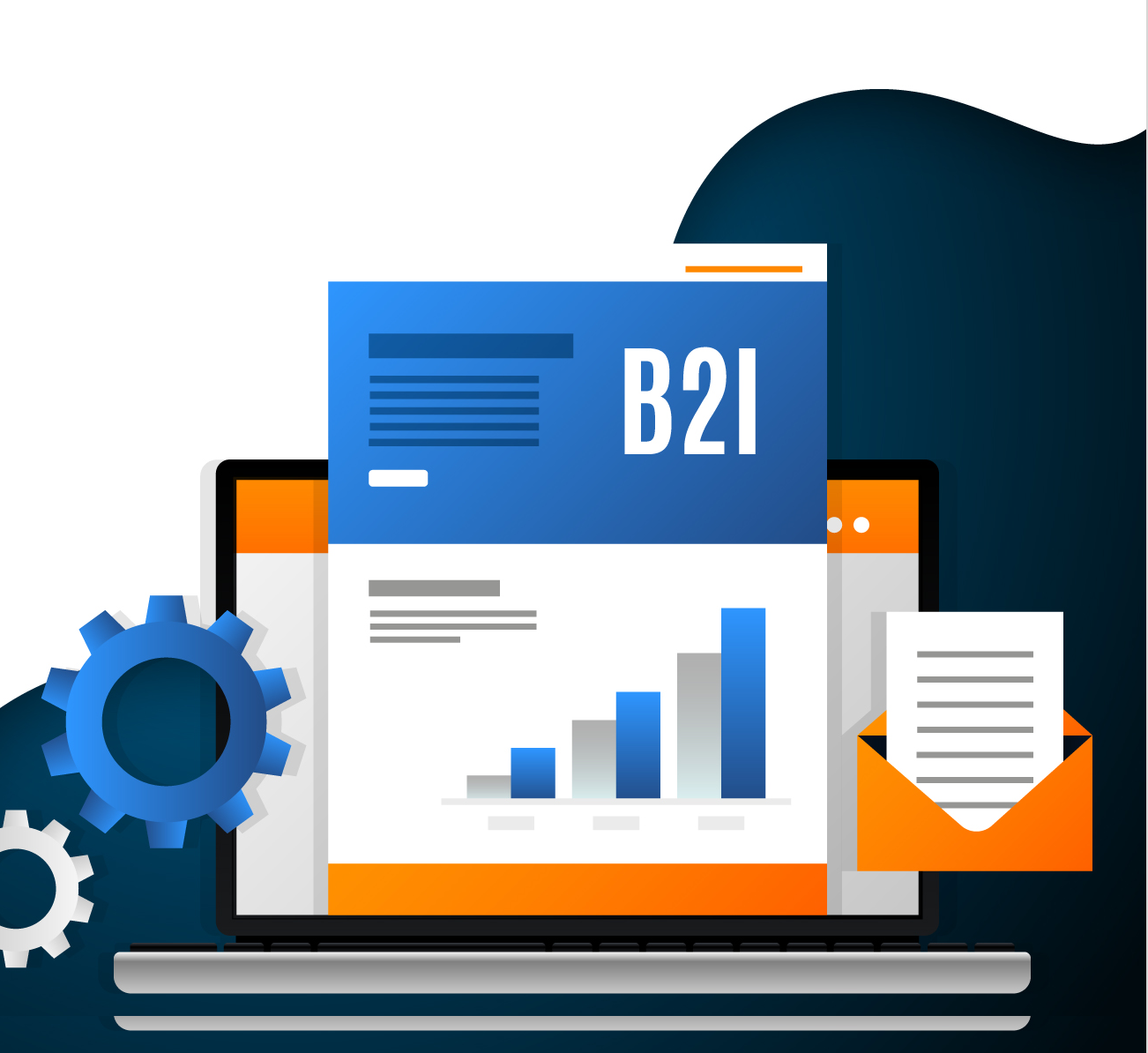Introduction to Landing Page Development
A well-optimized landing page is a critical asset in today's competitive digital landscape, where businesses vie for the attention of online visitors with short attention spans. It can make the difference between a successful marketing campaign and a missed opportunity. This guide delves into the intricacies of landing page optimization, offering insights from fundamental principles to advanced strategies. Whether you're a seasoned marketer refining your approach or a newcomer seeking guidance, this guide equips you with the knowledge and tools to create landing pages that captivate audiences, drive conversions, and propel your business forward.
Understanding Landing Page Optimization:
At its core, landing page optimization involves refining and improving various elements to maximize its effectiveness in achieving specific conversion goals. This process requires strategic planning, meticulous testing, and continuous refinement to align every aspect with the needs, preferences, and behaviors of the target audience. By optimizing key elements such as messaging, design, and user experience, businesses can create landing pages that not only attract attention but also compel visitors to take the desired action.
Key Elements of Landing Page Optimization:
Clear and Compelling Messaging:
Craft a compelling headline that grabs attention and entices users to explore further. The body copy should reinforce the headline, highlighting the benefits of your offer and providing relevant information without overwhelming the reader. Use persuasive language and storytelling techniques to evoke emotion and create a connection with your audience.
Strategic Call-to-Action (CTA):
Ensure your CTA stands out visually and is prominently positioned above the fold for maximum visibility. Use action-oriented language that clearly communicates what you want visitors to do, whether it's "Sign Up Now," "Download Your Free Ebook," or "Request a Demo."
Visual Appeal and Branding:
Use high-quality images, videos, and graphics that are relevant and visually appealing to your target audience. Choose colors, fonts, and design elements that reflect your brand identity and create a cohesive look and feel.
Streamlined Form Fields:
Keep forms short and simple, asking for only essential information necessary for your conversion goals. Use clear and descriptive form field labels, error messages, and validation cues to guide visitors through the form completion process.
Social Proof and Trust Signals:
Incorporate elements such as customer testimonials, reviews, ratings, case studies, trust badges, and client logos to build trust and credibility with visitors.
Mobile Optimization:
Ensure your landing page is fully responsive and optimized for mobile devices to provide a seamless user experience across all screen sizes and resolutions.
A/B Testing and Iteration:
Continuously test and iterate on different elements of your landing page to identify what resonates most with your audience and drives the highest conversion rates.
Strategies for Implementing Landing Page Optimization:
Conducting Comprehensive Audience Research:
Gain a deep understanding of your target audience's preferences, behaviors, and pain points through thorough audience research using tools such as surveys, interviews, and social listening.
Setting Clear Goals and Objectives:
Define clear and measurable goals aligned with your broader marketing objectives to provide a roadmap for your optimization strategy.
Designing Engaging and Relevant Content:
Create compelling content that addresses specific pain points or desires of your audience and highlights the unique value proposition of your offer.
Utilizing Persuasive Visual Elements:
Incorporate high-quality visuals that are relevant to your offer and visually appealing to your target audience to enhance the overall user experience.
Measuring and Analyzing Landing Page Performance:
Measuring and analyzing the performance of your landing pages is essential for optimizing their effectiveness and driving meaningful results. By tracking key metrics such as conversion rate, bounce rate, and average time on page, you can identify areas for improvement, refine your optimization strategy, and maximize the impact of your landing pages on your marketing objectives.
Advanced Techniques and Best Practices:
Implement advanced techniques such as personalized content, dynamic elements, and advanced testing methodologies to enhance relevance, engagement, and conversion rates.
Common Pitfalls and How to Avoid Them:
Avoid common pitfalls such as overcomplicating design and messaging, neglecting mobile optimization, and failing to provide clear CTAs, to ensure your landing page effectively engages visitors and drives conversions.
In conclusion, landing page optimization requires a systematic approach, continuous iteration, and data-driven decision-making. By prioritizing user experience, relevance, and testing, businesses can create landing pages that effectively convert visitors into leads, customers, or subscribers. With careful planning and strategic execution, businesses can unlock the full potential of their landing pages and achieve their marketing objectives with confidence.

